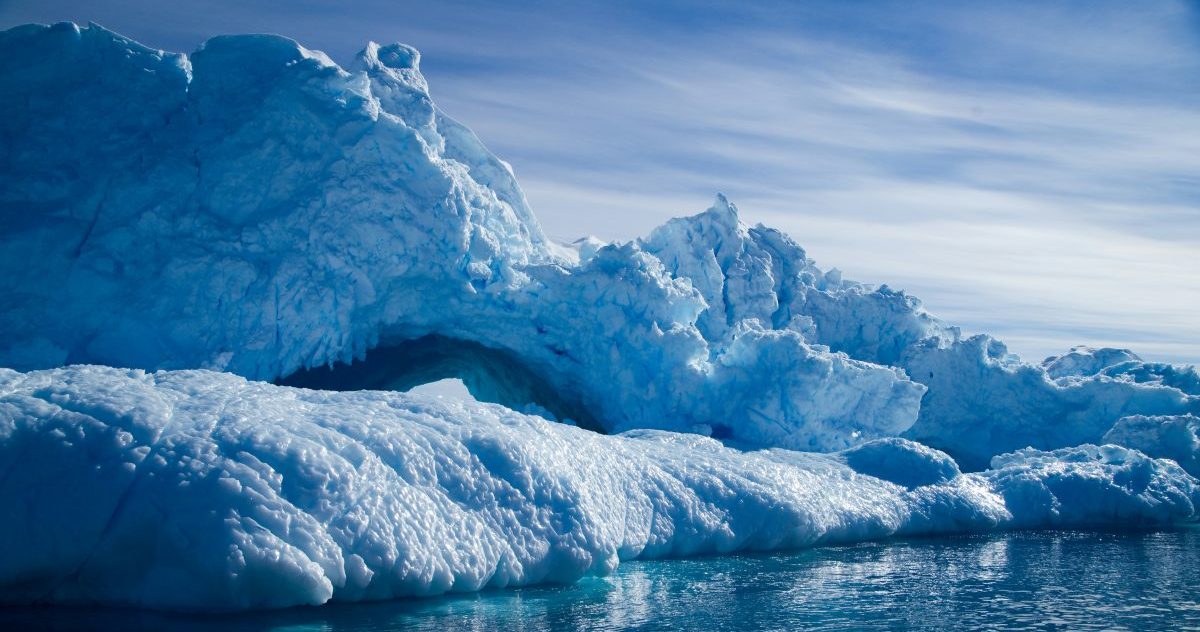
There is not much in the way of life that makes its home amongst the snow-capped peaks and glaciers of Antartica.
Sure, penguins, seals, and humans are often spotted on the world’s coldest continent, but they are not year-round residents.
Most of the species that call Antartica home only do so part-time, thus there are few full time residents – the largest of which measures a staggering 2-6 millimeters (0.07-0.2 inches) long.
Say hello to Antartica’s largest resident, the Antarctic midge (Belgica antarctica).
The midge is a fascinating case study in adaptability; having evolved in a very different direction than their more annoying midge cousins, the Antarctic midge neither flies or bites, having completely lost their wings to combat the high winds of their native environment.
Additionally, they can survive temperatures as low as -15°C (5°F) and can up up to a month without oxygen.
They also systematically dehydrate themselves, losing up to 70% of their body fluid to avoid freezing to death due to ice crystals forming in their cells and to combat the low availability of drinkable water most of the year.
The Antarctic midge survives over winter by accumulating sugars as a natural antifreeze.
The insect can survive being basically frozen solid for nine months a year, taking two years to complete its entire life cycle.
They spend the majority of lives as larvae, eating mostly bacteria, algae moss, and penguin poop.
Additionally, studies have revealed that the larvae can survive a range of temperature drops, and use a process called rapid cold hardening to protect themselves under lab conditions, while burying themselves under a blanket of snow in the wild to stay “warm”.
“Evidence from previous studies shows the Antarctic midge has survived on the continent since the beginning,” University of Kentucky researcher Nick Teets said in a statement about a grant award to study these insects in 2019. “They are a good model for us to learn about the history of Antarctica and a good model for scientists to predict how the continent will respond to climate change.”
Speaking of climate change, the ever-adaptable midge is struggling to adjust to warming climates, and could be in danger due to rising temperatures world wide, according to a study from 2022.
We all need to do our part to protect the smallest species among us, even when they are the giants of their homeland.
If you thought that was interesting, you might like to read a story that reveals Earth’s priciest precious metal isn’t gold or platinum and costs over $10,000 an ounce!